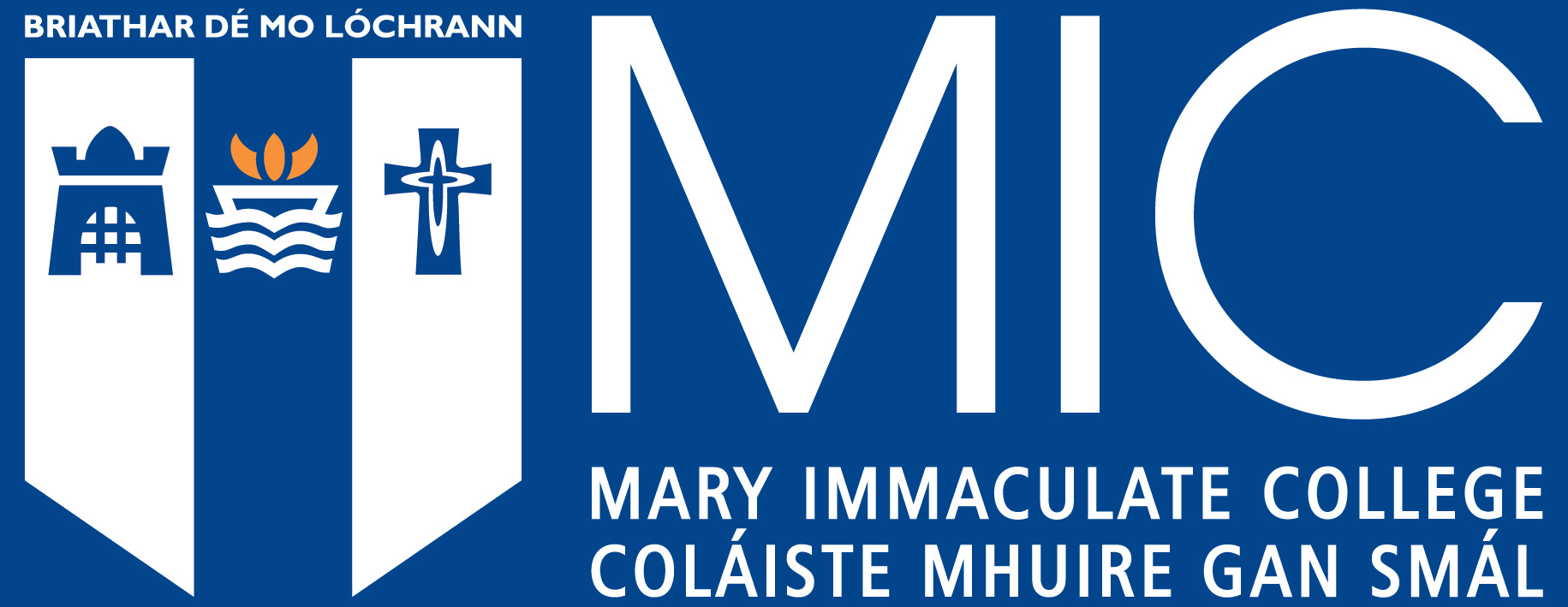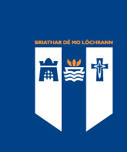Exploring television as an exponent of pragmatic and sociocultural information in foreign language learning (Pre-published version)
Citation
O’Keeffe, A., 2000. Exploring television as an exponent of pragmatic and sociocultural information in foreign language learning. In: T. Lewis and A. Rouxeville (Eds), Technology and the Advanced Language Learner, London: CILT, 23-52
O’Keeffe, A., 2000. Exploring television as an exponent of pragmatic and sociocultural information in foreign language learning. In: T. Lewis and A. Rouxeville (Eds), Technology and the Advanced Language Learner, London: CILT, 23-52
Abstract
It is increasingly recognised that being both fluent and accurate in a foreign language will not always guarantee successful communication between speakers. According to Hyde (1998: 10), in his discussion on intercultural competence in English language education, even if someone has perfected standard grammar and pronunciation, “there is no guarantee that they will be effective intercultural communicators… Successful communication is not simply about acquiring a linguistic code: it is about dealing with different cultural values reflected in language use”. Communication is coded differently across languages and cultures, and unfortunately this dimension is not often explored in language learning. This paper will focus on the potential of using television material in language learning within the context of English as a Foreign Language (EFL), for the purpose of raising students’ awareness of how certain aspects of communicating in their first language might differ in their target language.
Crystal (2000: 3) tells us that over the past one hundred years, English has become spoken by more people in more places than ever before and that current estimates suggest that 1.5 billion use it as a first, or second foreign language – one in four of the world’s population. This statistic is indicative of socio-economic change amid vast development in the way we communicate on a global scale. Communicating across cultures brings new challenges for foreign language teaching and learning; language course designers and textbook writers increasingly have to grapple with the cultural diversity of their ‘customers’. In appealing to a global audience, course materials published internationally can easily become culturally diluted.
Keywords
TelevisionExponent
Pragmatic information
Sociocultural information
Foreign language learning


